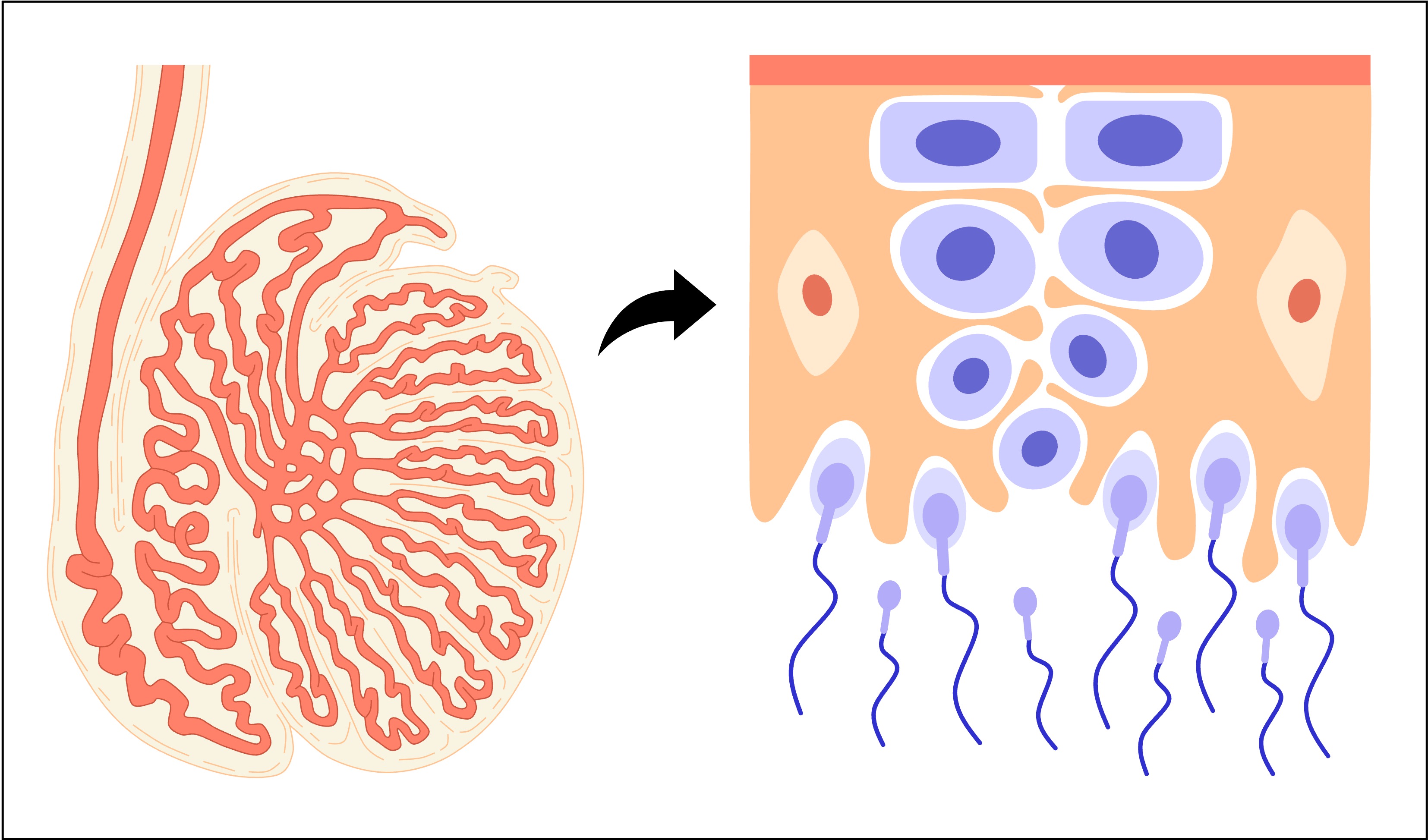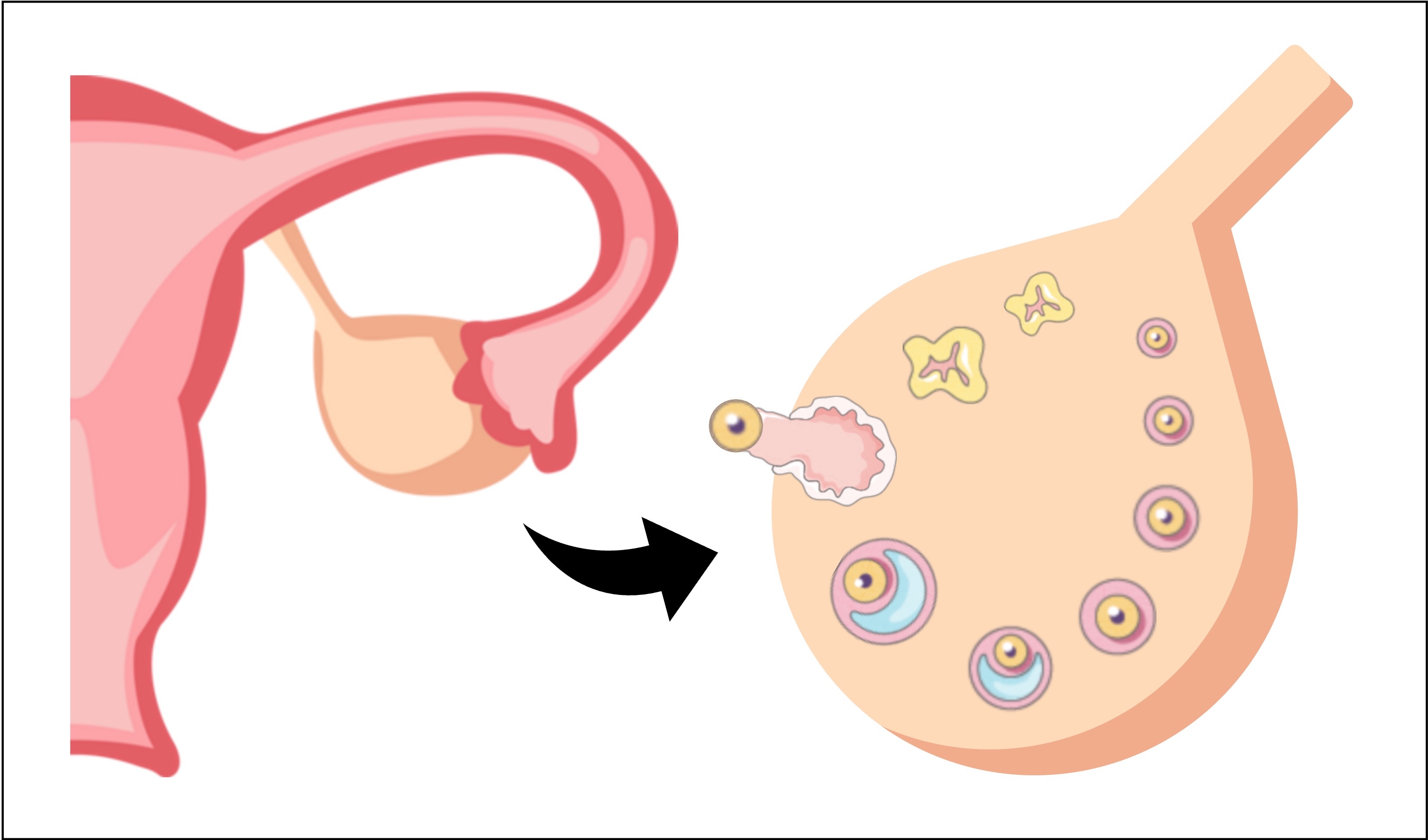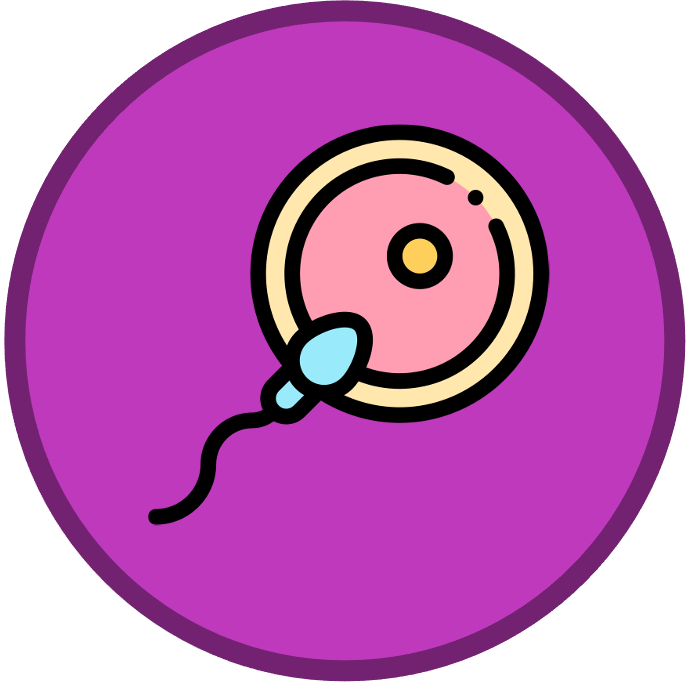

Gametogenesis
Gametogenesis is the process by which diploid precursor cells undergo division and differentiation to become haploid gametes (sex cells)
-
In males, this process is called spermatogenesis and produce spermatozoa (sperm)
-
In females, this process is called oogenesis and produce ova (eggs)
The process of gametogenesis occurs in the gonads and involves the following steps:
-
Multiple mitotic divisions and cell growth of precursor germ cells
-
Two meiotic divisions (meiosis I and II) to produce haploid daughter cells
-
The haploid daughter cells then undergo differentiation to produce functional gametes
Spermatogenesis:
-
Sperm is produced within the seminiferous tubules of the testes
-
The tubules are lined by germline cells (spermatogonia) which move towards the lumen as they divide and differentiate
-
The spermatogonia grow to form spermatocytes, before undergoing meiotic division to form spermatids
-
The spermatids differentiate into functional spermatozoa, which are transported via the tubules to the epididymis

Oogenesis
-
Egg cells (ova) are produced within follicles stored inside the ovaries
-
These follicles develop over the course of a menstrual cycle and so may exist in various stages of development
-
Primordial follicles contain primary oocytes that have been arrested during meiosis from birth
-
Each month, some of these follicles continue to develop and produce secondary oocytes
-
During ovulation, a mature follicle will rupture and release its oocyte – this will develop into an ovum if it is fertilised by a sperm

Gametogenesis Comparisons
While the processes of spermatogenesis and oogenesis follow the same basic pathway, several key differences exist between them
-
The two processes differ in the number of gametes produced, the size of the cells and the timing of the processes
1. Number of cells produced:
-
In spermatogenesis, the cells divide equally during meiosis to produce four functional gametes
-
In oogenesis, the cells do not divide equally and as a result only one functional gamete is formed (plus 2 – 3 polar bodies)
2. Size of cells:
-
In spermatogenesis, the cells that are formed following differentiation are all of equal size with equal amounts of cytoplasm
-
In oogenesis, one daughter cell (the ovum) retains all of the cytoplasm, while the other daughter cells form polar bodies
-
The polar bodies remain trapped within the surrounding layer of follicle cells until they eventually degenerate
-
3. Timing of the process:
-
In spermatogenesis, the production of gametes is a continuous process that begins at puberty and continues until death
-
In oogenesis, the production of gametes is a staggered and finite process:
-
It begins before birth (prenatally) with the formation of a fixed number of primary oocytes (~40,000)
-
It continues with the onset of puberty according to a monthly menstrual cycle
-
It ends when hormonal changes prevent the further continuance of the menstrual cycle (menopause)
-
Spermatogenesis vs Oogenesis
-
Sperm
Ova
Location
-
Produced in testes
-
Produced in ovaries
Division
-
All cells are equal size
-
Unequal cytoplasm division
-
-
Cell Number
-
Four cells produced
-
One cell produced
Duration
-
Produced from puberty (lifelong)
-
Produced monthly until menopause
-




